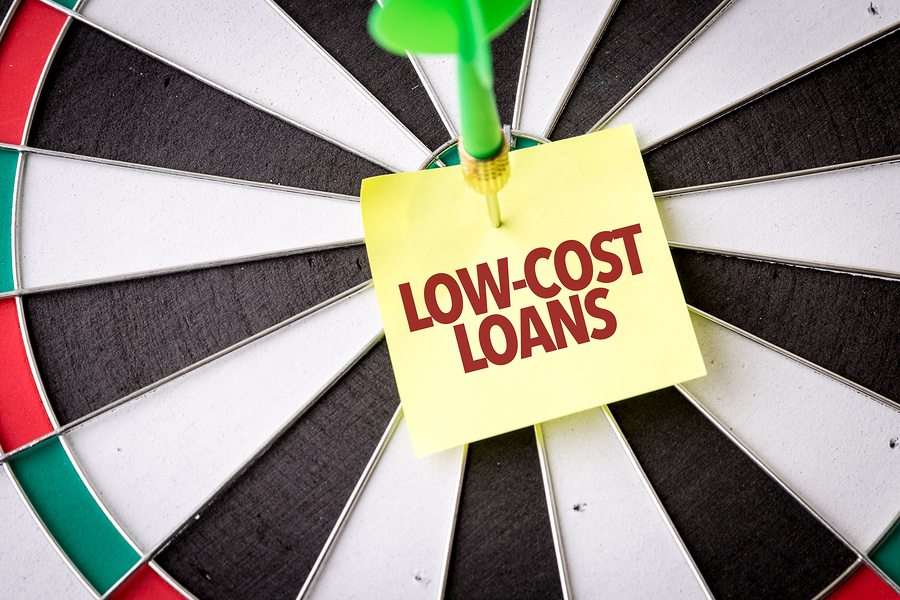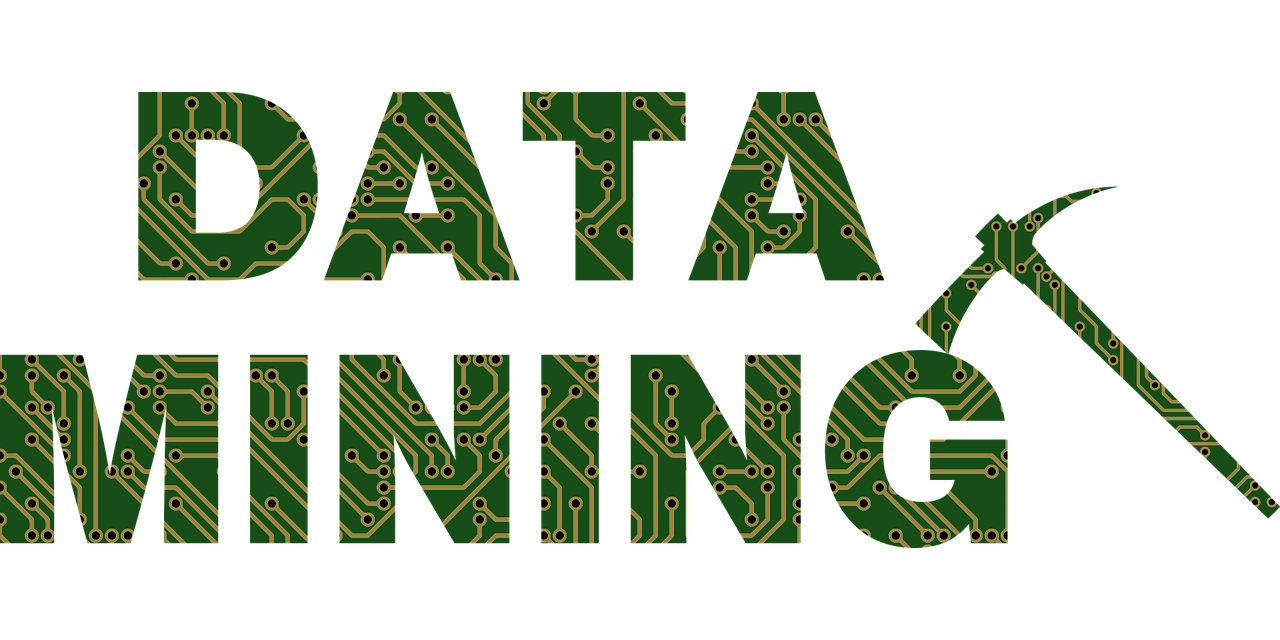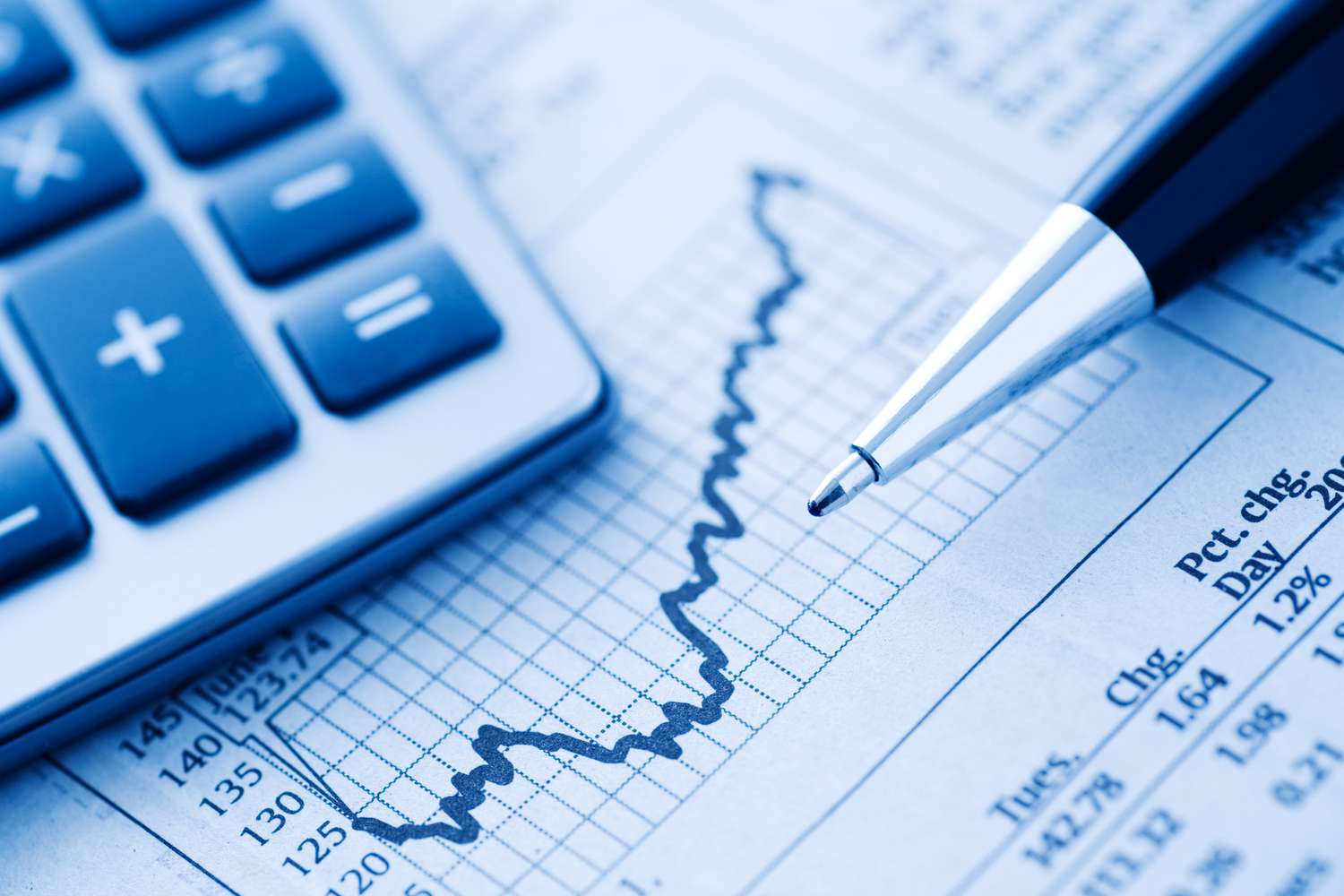Three clues to the U.S. economy & U.S. Q3 GDP review
Despite the expected improvement in GDP in the third quarter, but from a structural point of view shows the prospect of weak domestic demand growth: reflecting the real endogenous demand sub-item (private consumption + private fixed investment) on the Q3 chain discount annual rate of pull only 0.08%, three consecutive quarters of decline; and the main pull item of GDP in the third quarter for counter-cyclical demand (net exports + government spending), on the Q3 chain discount annual rate of pull recorded 3.2% vs. 0.9% previously. Specifically:|

Private consumption: goods consumption extended negative growth and services consumption retreated. q3 personal consumption expenditure was +1.4% YoY, higher than the Bloomberg consensus estimate of +1% and previous value of +2%; the YoY pull rate to GDP was 1% and previous value of 1.4%. From a structural point of view, consumer spending on durable/non-durable goods, although still negative, narrowed slightly; consumption of services weakened, with the growth rate of consumption of services with "high social attributes" such as accommodation, entertainment and transportation services dropping sharply.

Private investment: real estate investment continued to decline, corporate investment performed better. Q3 personal investment spending -8.5% YoY, significantly lower than the Bloomberg consensus estimate of -1.5%, the previous value of -14.1%; the ringgit pull rate of GDP was -1.6%, the previous value of -2.8%. Construction + real estate investment continued to decline against the backdrop of Fed rate hikes; however, corporate equipment investment rose sharply, with transportation equipment, personal computers and peripheral equipment investment all rising sharply. In addition, Q3 inventory investment remained negative, the trend of destocking is still continuing. Net exports: exports are not weak, imports have fallen sharply, net exports continue to improve the economic pull. q3 net exports to GDP's chain pull rate of +2.8%, higher than the previous value of +1.2%. Government spending: defense spending growth is the main pulling force. q3 government spending qoq discounted annual rate of +2.4%, the previous value of -1.6%, the qoq pulling rate of GDP is +0.4%, higher than the previous value of -0.3%, of which defense spending qoq pulling rate of +0.2%. From historical experience, the trend of U.S. domestic demand is less volatile compared with the overall GDP growth rate, and has a stronger significance as an indicator of economic recession. Currently the U.S. endogenous demand to GDP chain discount annual rate of pull rate reduced to 0.08%, and since the 1970s endogenous demand growth rate fell to this level eventually the economy have entered a recession cycle. Therefore, whether the future of the U.S. economy will definitively enter a recession can pay attention to the trend of 3 clues in endogenous demand: residential investment, "post-epidemic" social consumption and business investment. Residential investment continues to weaken. As the most sensitive part of the U.S. economy to interest rates, the Federal Reserve interest rate hike in the second quarter of this year has been a major impact on U.S. real estate investment, and from theperspective of high-frequency real estate data, the U.S. home sales growth rate has turned negative since March, and is now close to the low level in 2008; housing starts growth rate has turned negative since May. The 30-year mortgage rate has risen to over 7%, higher than the pre-financial crisis level; the U.S. real estate market may not improve before the Fed stops raising interest rates.

The "post-epidemic" cooling of social demand. After the easing of epidemic prevention measures this year, the rebound of social demand supports consumption still has some resilience: clothing, health care, transportation, entertainment, accommodation and food are added together to get the "post-epidemic" social demand consumption in Q2-Q3 this year recorded a year-on-year growth rate of 5%/3%, while the rest of the consumer demand growth rate of only 1%/1%. However, from the perspective of high-frequency data, most of the U.S. service industry has returned to the same level before the epidemic, and the recent high-frequency data has fallen slightly. Against the backdrop of impaired resident income, social demand may fade in support of consumer resilience if it cools further. The current pull of corporate investment on GDP is still relatively resilient, and the leading indicators of corporate investment are also more optimistic than real estate and residential consumption. Looking ahead, the main risks to corporate investment are: 1) transportation equipment investment in the context of weakening auto consumption is difficult to continue high growth; 2) in the context of the overall decline in demand for residential goods consumption, corporate new orders continue to fall, it is difficult to support the growth of corporate investment; 3) the current U.S. corporate bond market is facing some liquidity risk, which may in turn affect the demand for real corporate financing.
(Writer:Coco)





